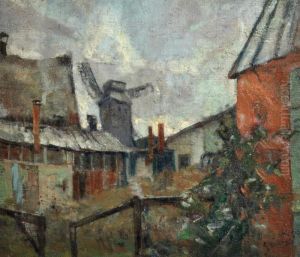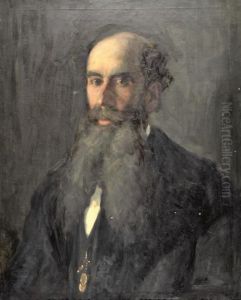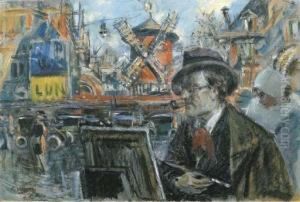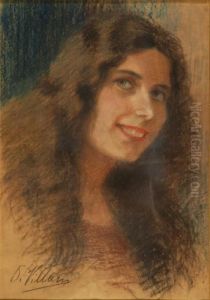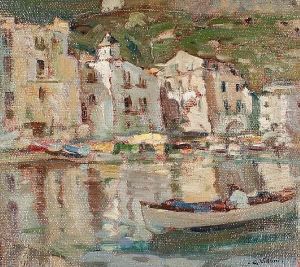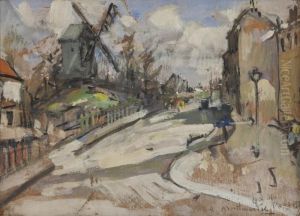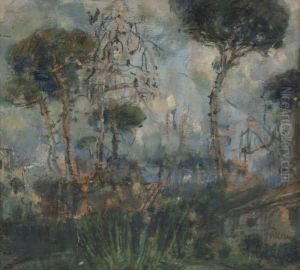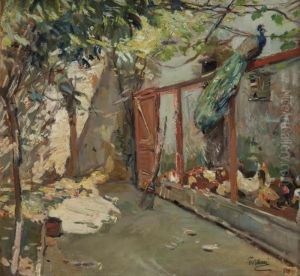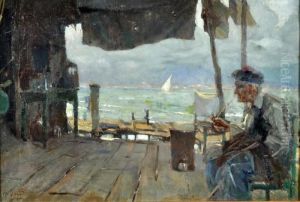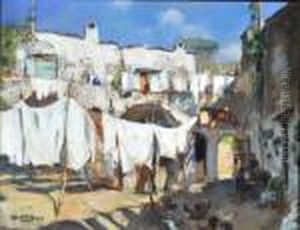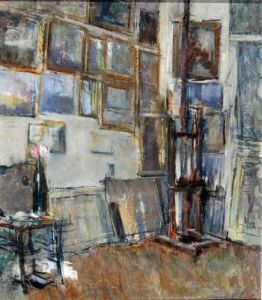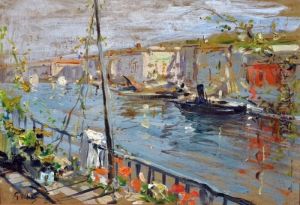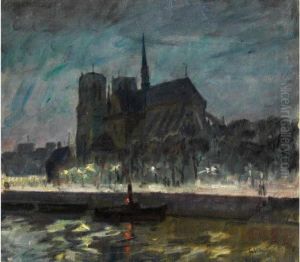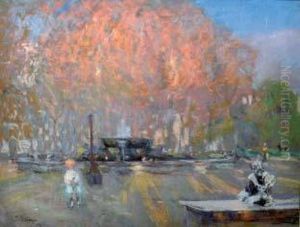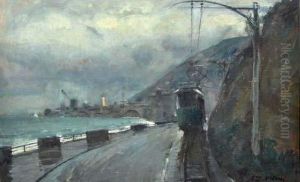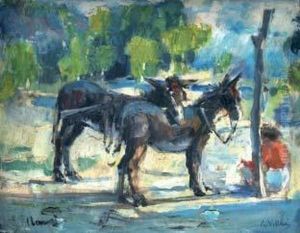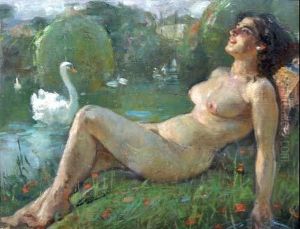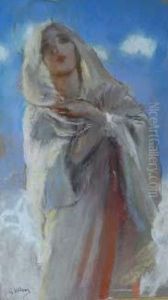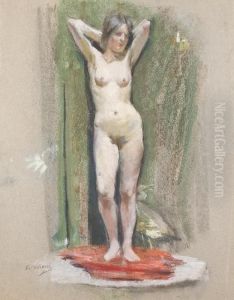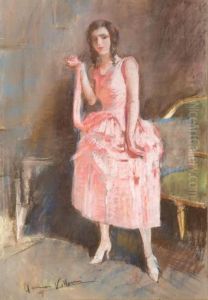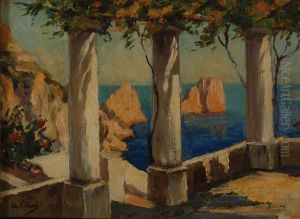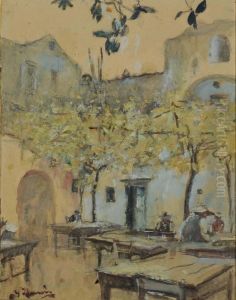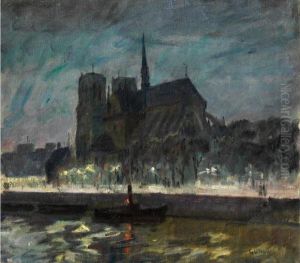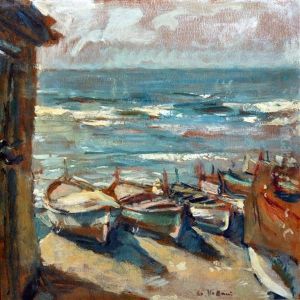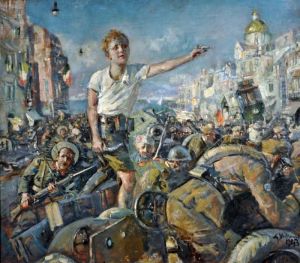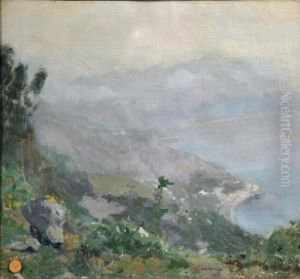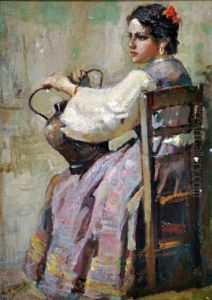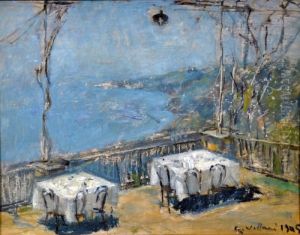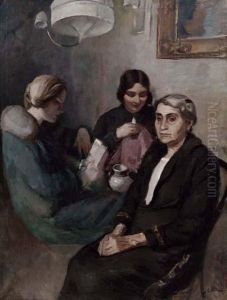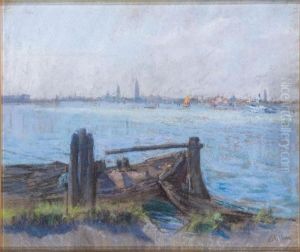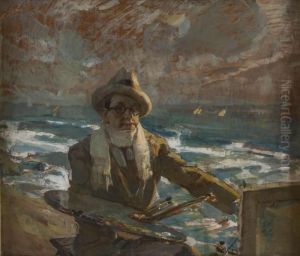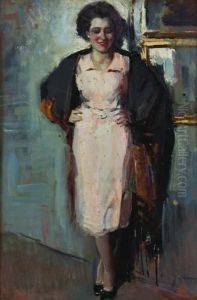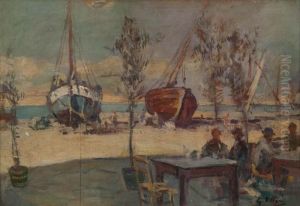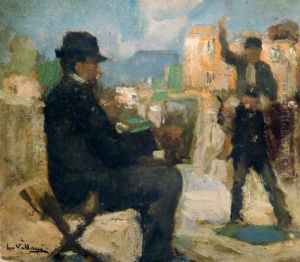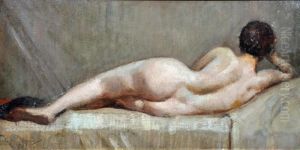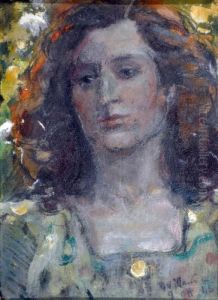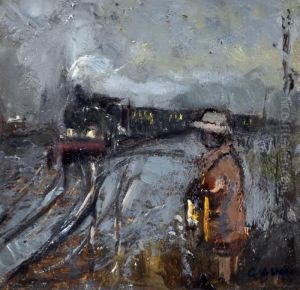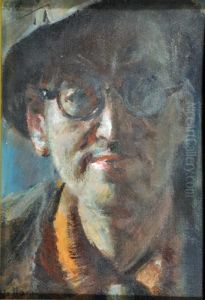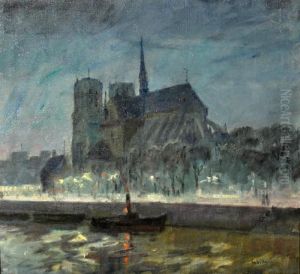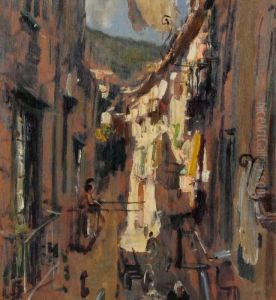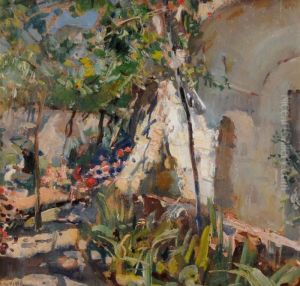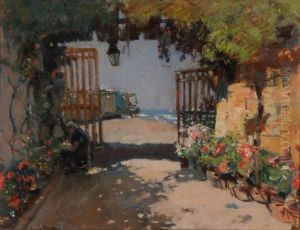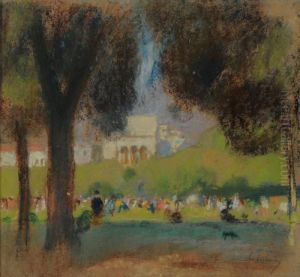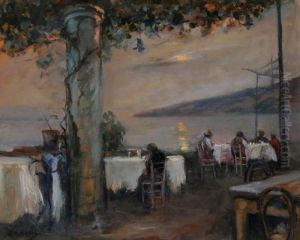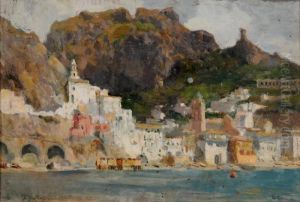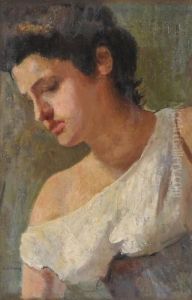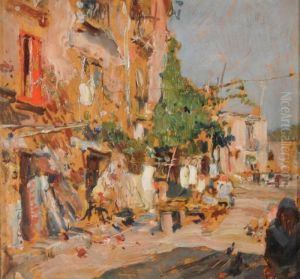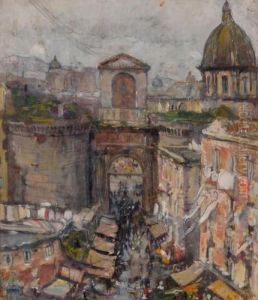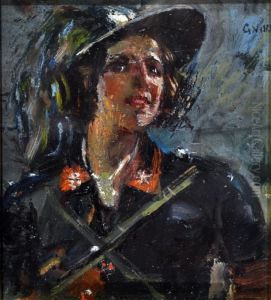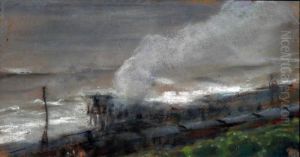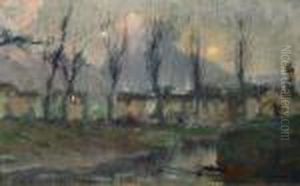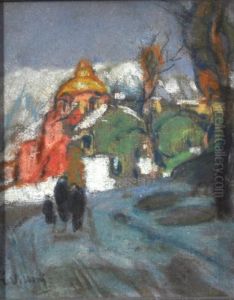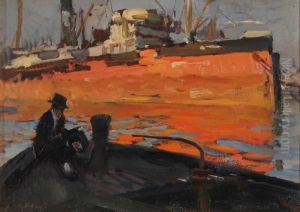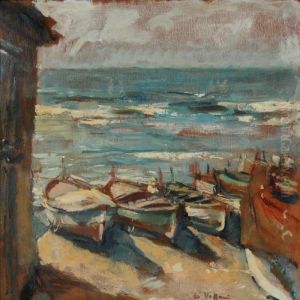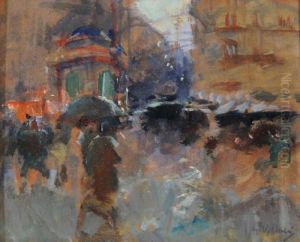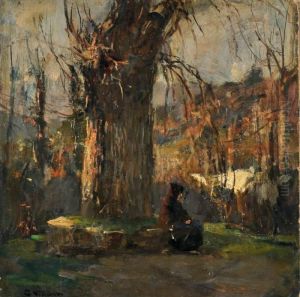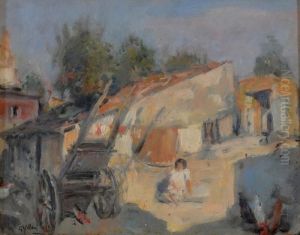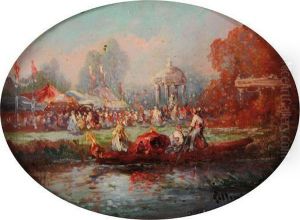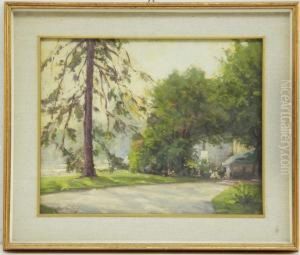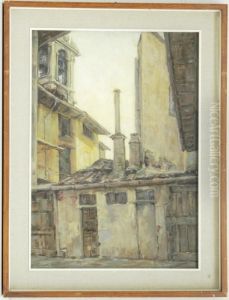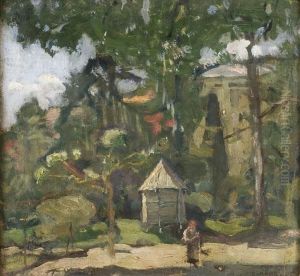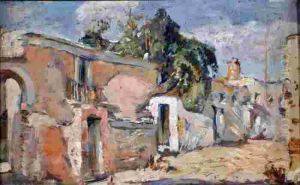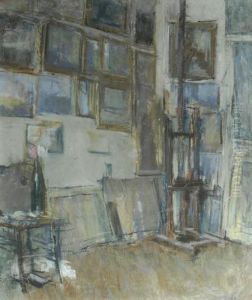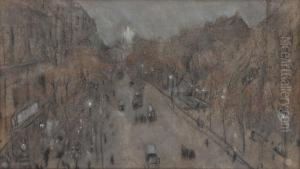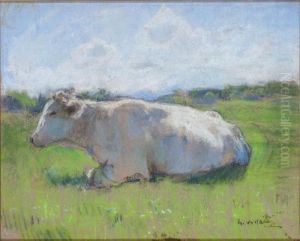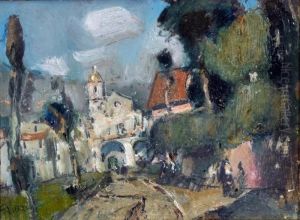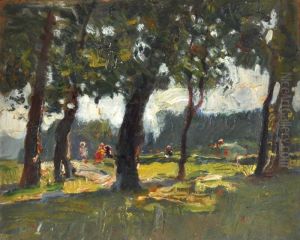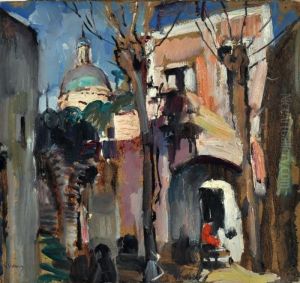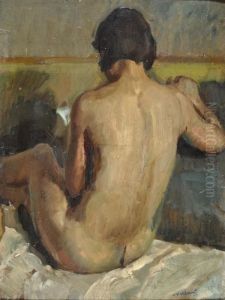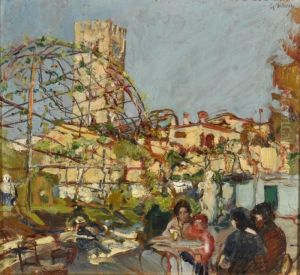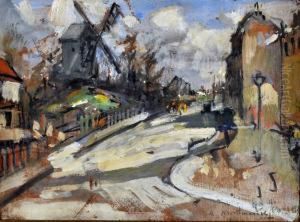Gennaro Villani Paintings
Gennaro Villani was an Italian artist born in 1588, in the vibrant city of Naples, which during his lifetime was a significant center for art and culture in the Italian peninsula. Villani's contributions to the art world are marked by his dedication to the Baroque style, which was predominant in Europe during the 17th century. His works are characterized by their dramatic intensity, vibrant colors, and the dynamic movement typical of the Baroque era. Villani was not only a painter but also engaged in the creation of frescoes, which adorned many churches and noble residences in Naples and its surroundings.
Gennaro Villani trained under the guidance of prominent artists of his time, which allowed him to develop a versatile style that combined the rich Neapolitan painting tradition with influences from other Italian regions and beyond. His ability to blend different artistic influences made his work highly sought after by patrons from various strata of society, including the church, nobility, and emerging bourgeoisie.
Throughout his career, Villani exhibited a profound interest in religious themes, a common trait among artists of his era. However, he also explored secular subjects, providing a glimpse into the daily life and festivities of the 17th-century Neapolitan society. His paintings often featured vivid portrayals of saints, biblical scenes, and episodes from classical mythology, rendered with a keen attention to human emotion and divine interaction.
Despite his considerable output and influence in his time, Gennaro Villani's name is not as widely recognized today as some of his contemporaries. Nevertheless, art historians and enthusiasts value his work for its contribution to the development of Baroque art in Naples. Villani's legacy is preserved in the collections of several Italian museums and churches, where his masterpieces continue to be admired for their artistic and historical significance.
Gennaro Villani passed away in 1651, leaving behind a rich portfolio of artworks that reflect the turbulent and transformative times of 17th-century Italy. His life and work offer valuable insights into the Baroque period, a time when art served not only as a reflection of societal values and religious beliefs but also as a means of personal expression and innovation.
